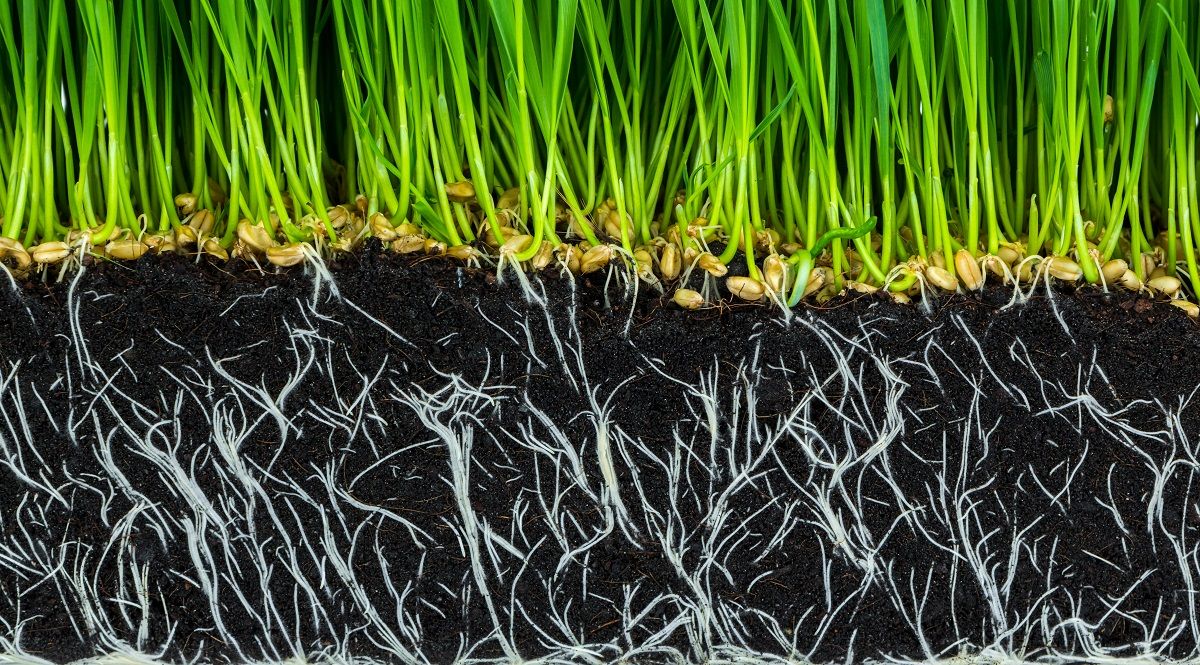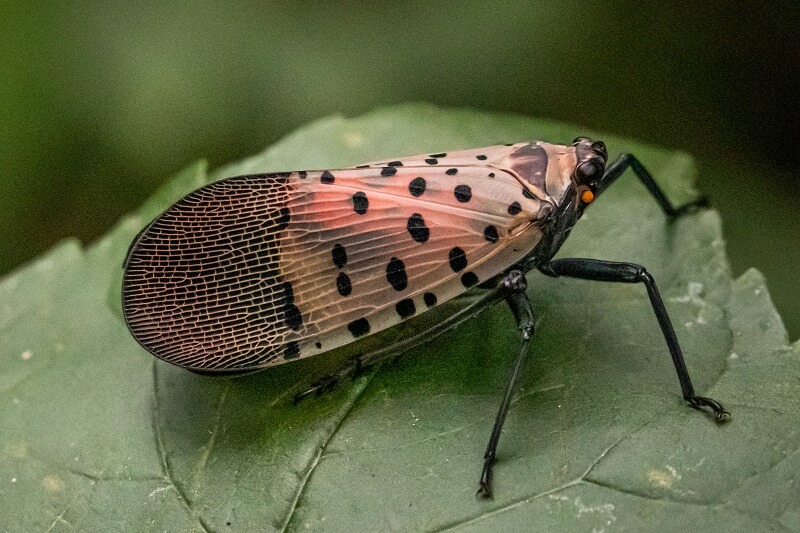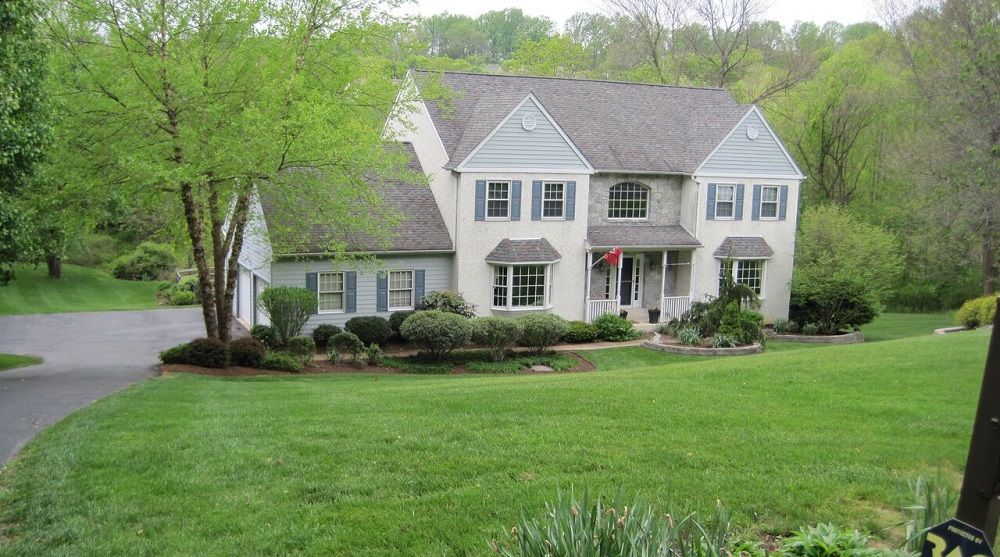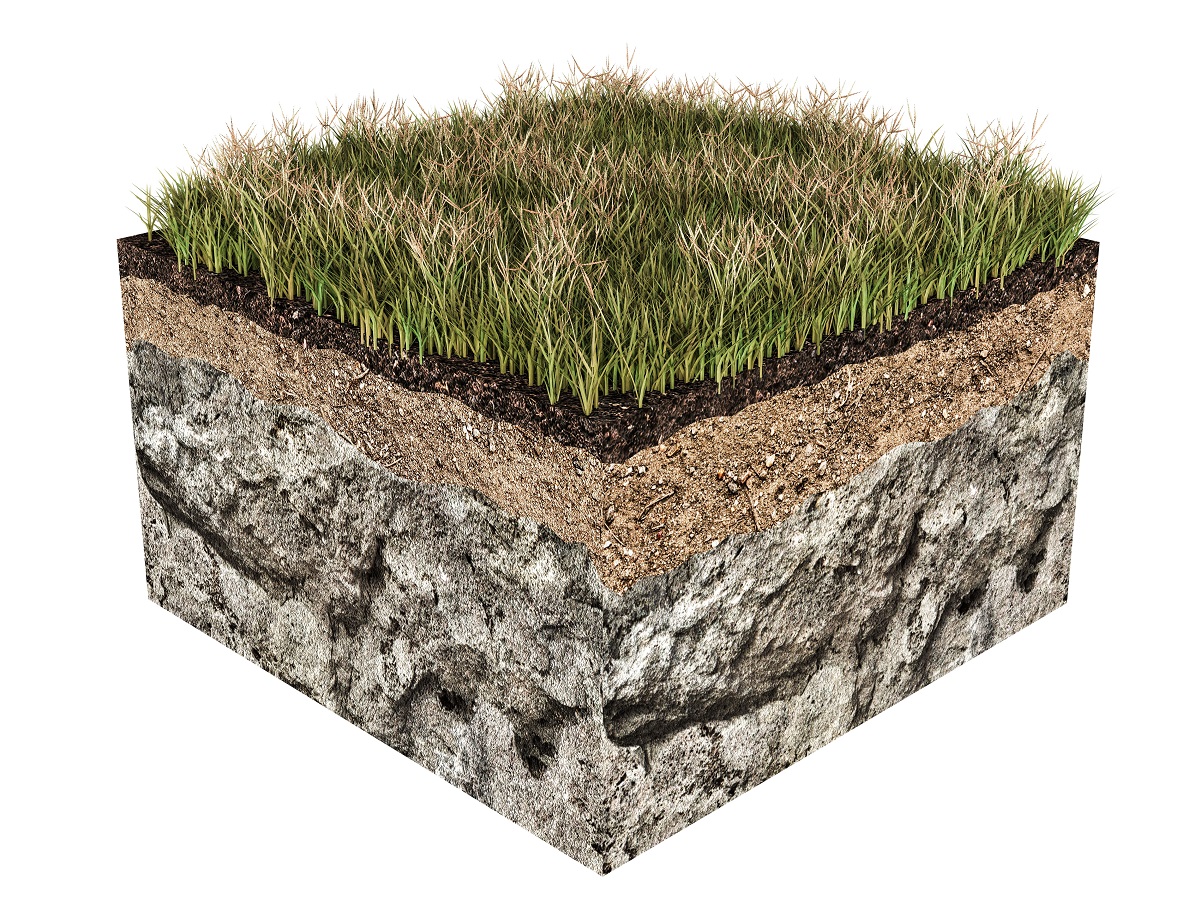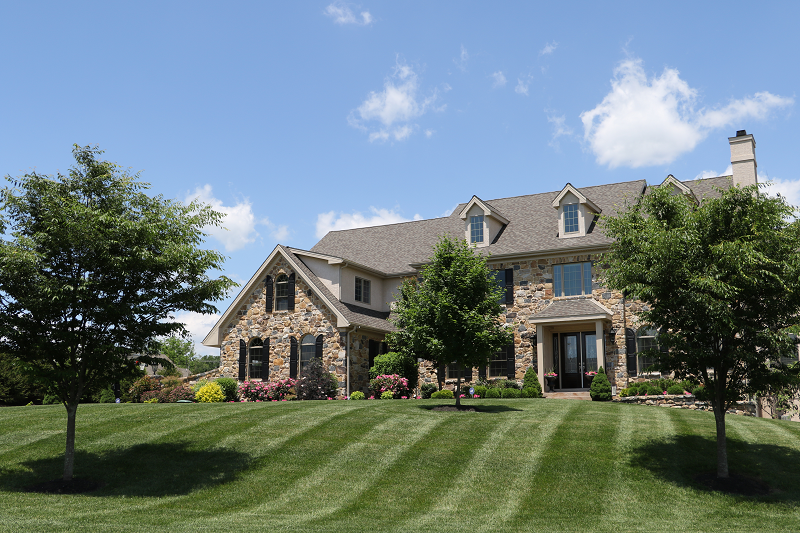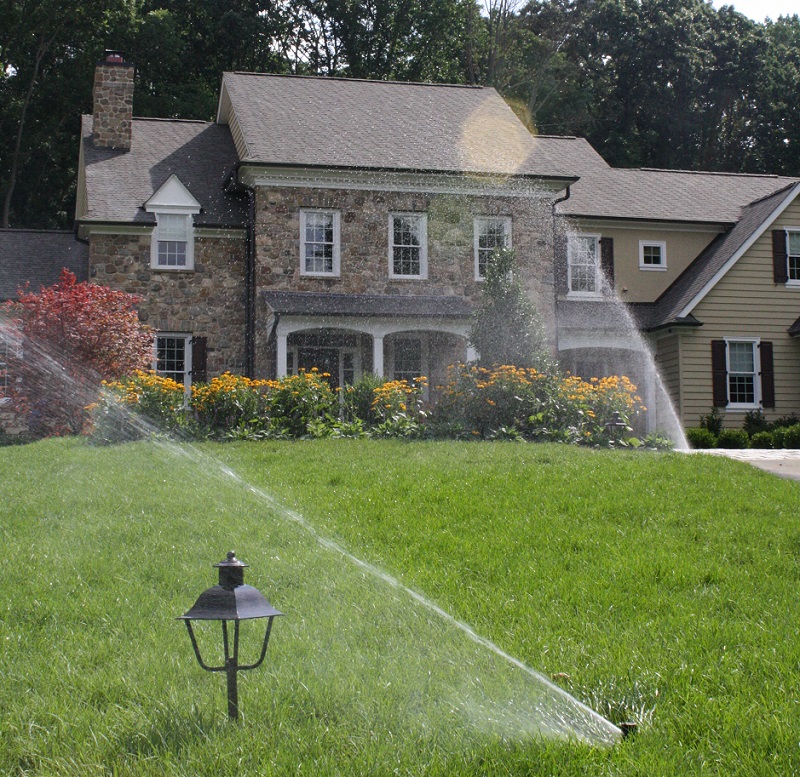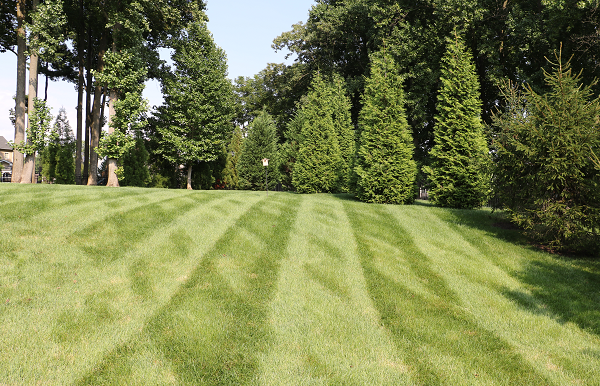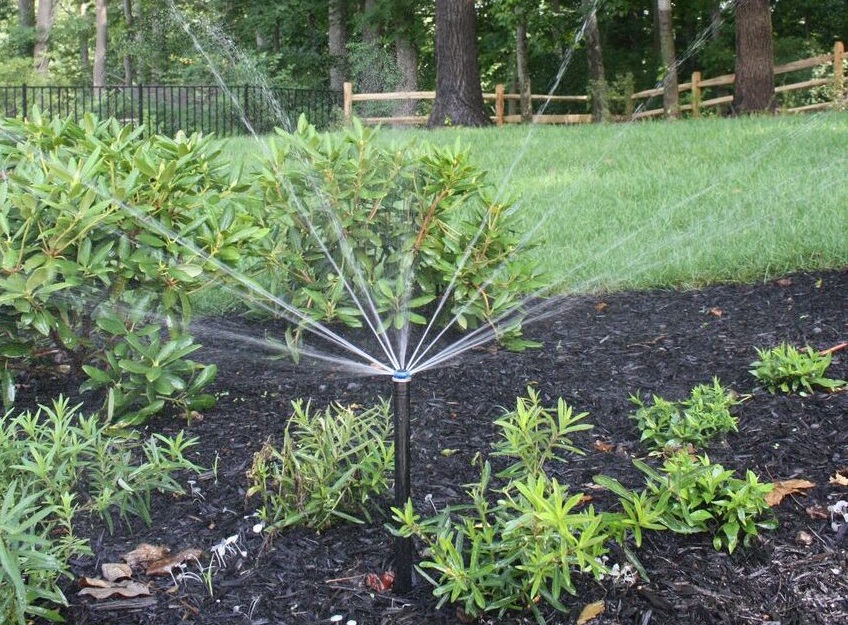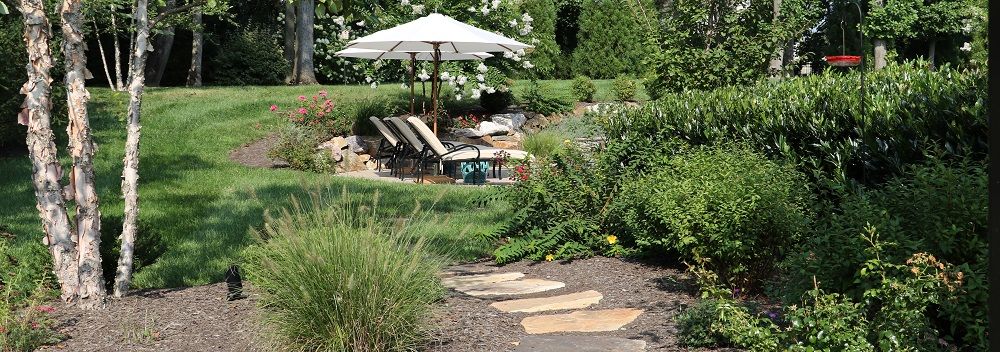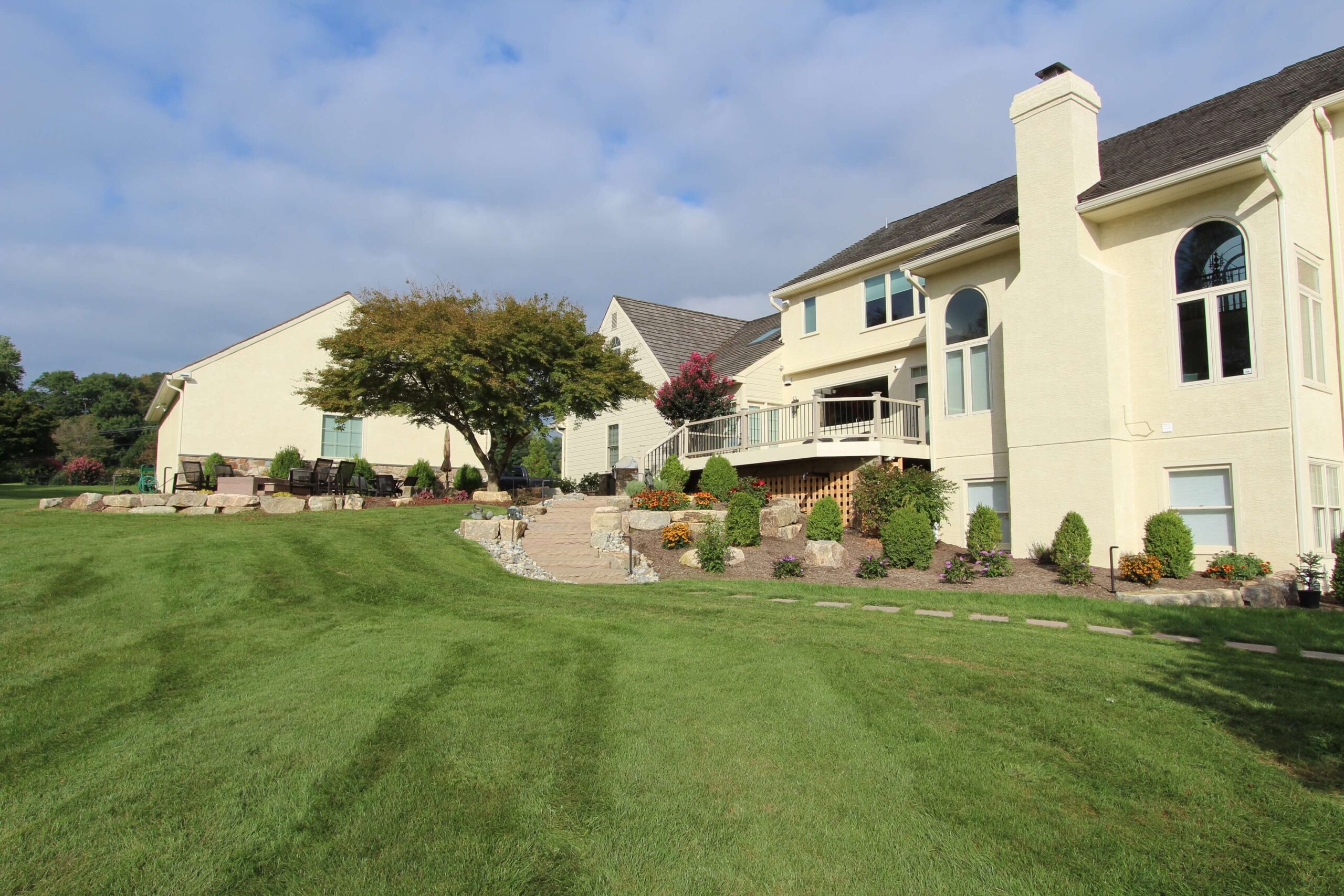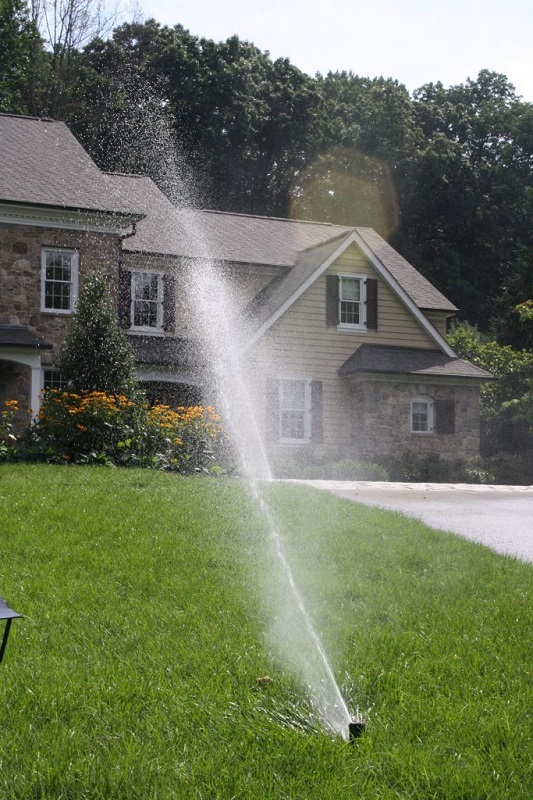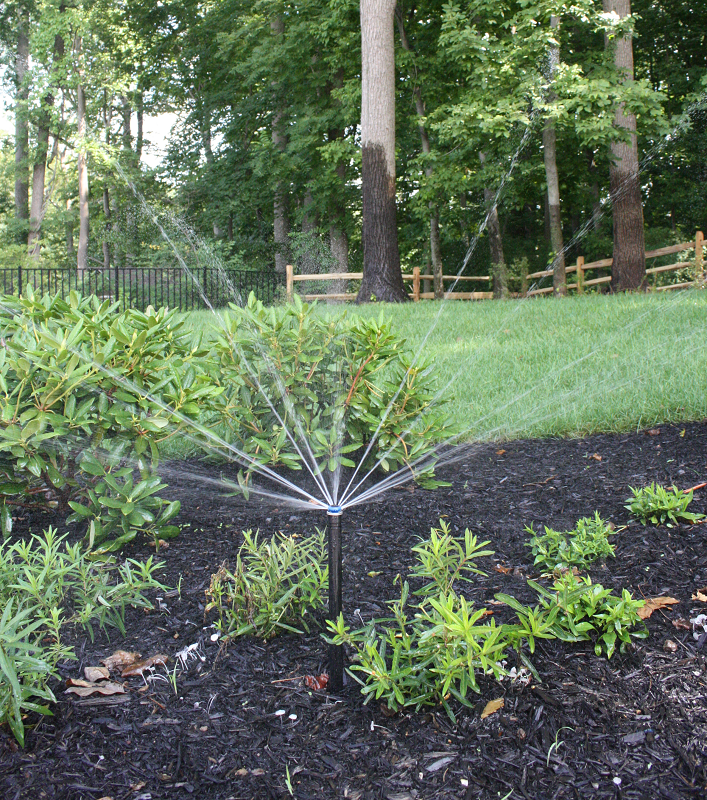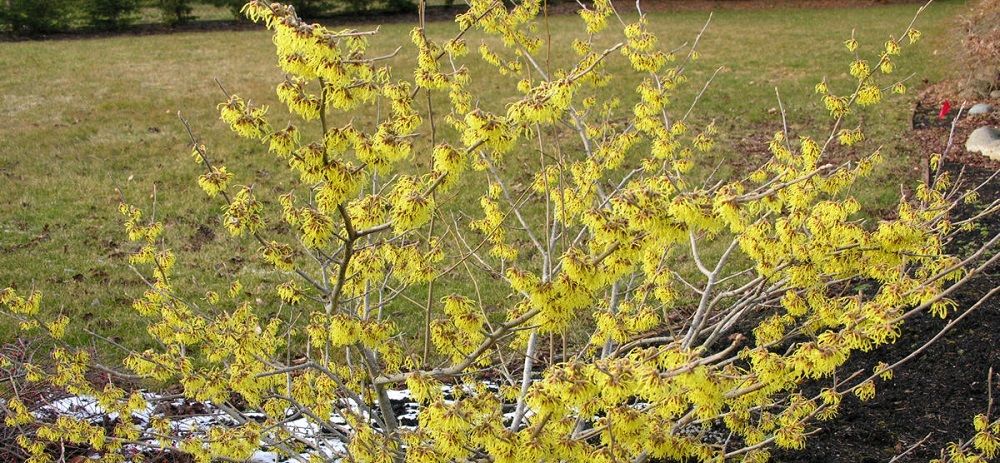Fall is a Great Time for Aeration and Overseeding
Jealous of your neighbor’s lush and verdant lawn? The secret behind a fantastic-looking property is aeration and overseeding in tandem with a comprehensive maintenance plan. Aeration and overseeding is a two-step process designed to de-stress lawns, encourage root development, and promote new growth. The following is a more detailed look at these two essential processes and why the fall is an excellent time to complete these yard tasks.
Learn About Our Turf Care Services
Why Fall is Ideal for Aeration & Overseeding
The reasons to aerate and overseed your lawn during the fall are plenty. Cool nights and short, mild fall days provide the ideal conditions for grass seed germination. Other benefits include increased lawn density and slower-growing turfgrass.
Temperature
When thinking about fall aeration, the temperature is often a significant concern. The ideal temperature for aeration is in the 60s.
As for overseeding, cool temperatures have another benefit: less chance of disease problems in newly seeded areas.
Cooler soil temperatures mean slower growth rates. So your new grass seedlings are less likely to become infected by diseases like brown patch. In addition, the cooler air temperatures equate to warmer soil temperatures in which seeds are better able to retain moisture and thrive once their roots take hold.
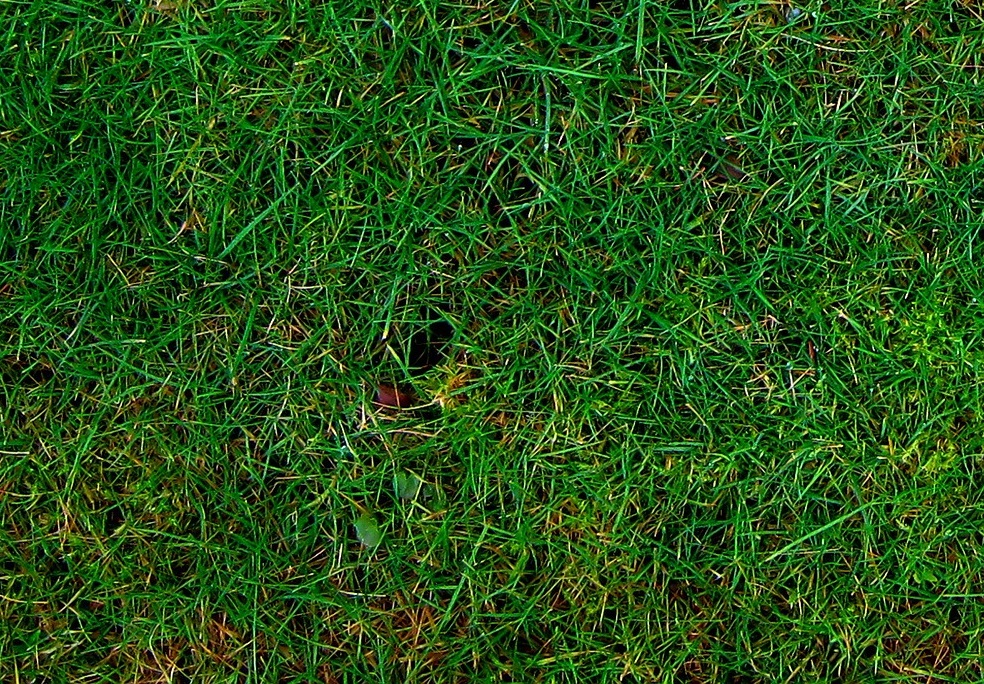
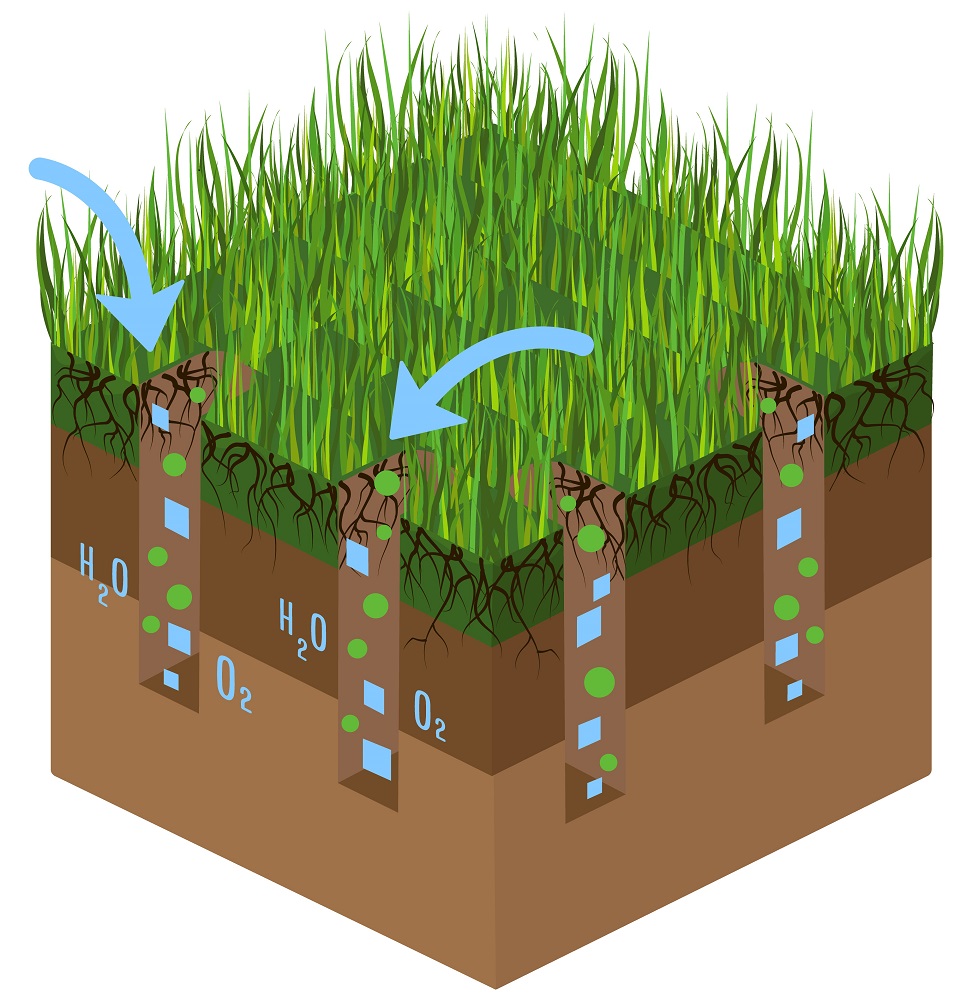
Overseeding Increases Lawn Density
Whether your lawn is bare or thin, overseeding is one of the best ways to spruce up your yard.
- Fill in bare spots: If you have bald patches on your yard, overseeding can make them look lush again by seeding them with an appropriate blend of grasses.
- Fill in thin spots: If areas of the yard have sparse grass coverage, you can fill those spots by overseeding.
- Add height: Lawns that receive heavy foot traffic lose their density quickly due to compaction, which a combination of aeration and overseeding alleviates.
Turf Growth Slows Down
While laying turfgrass seed in the fall may seem counterintuitive, there are several advantages to seeding at this time. First, because of cooler temperatures and shorter days, turf growth slows significantly during fall.
As a result, the newly seeded grass can properly compete for nutrients and water supplies that established turfgrasses would otherwise use.
In addition to allowing the new seed a good chance to compete with established turf, the fall also acts as natural weed control. The cool soil of the fall helps prevent weed seeds from germinating while your new lawn takes root and establishes itself.
The Aeration and Overseeding Process
Aeration is a way to de-stress lawns that have become compacted over the long, hot, and active summer days. Aerating does so by perforating your property with many tiny holes that allow air, water, and other nutrients to penetrate straight to your lawn’s root systems. In return, the grass root zone will be better able to extend more deeply and produce a more robust and vibrant above-ground look. In addition, loosening up your lawn’s compacted soil results in encouraging root development and creating an overall grass-growing environment.
Other advantages of the aeration process include:
- Improved fertilizer uptake and use by your soil and plants
- Improved water uptake and use by your soil and plants
- Increased activity of soil microorganisms that are essential in soil decomposition processes
- Enhanced infiltration of rainfall and human irrigation techniques
- Increased oxygen movement between your soil and the atmosphere
- Reduced risk of fertilizer and pesticide run-off that occurs from overly compacted ground
Proper aeration is also vital in setting up your lawn for overseeding. Overseeding involves planting new seeds over the top of current yards, whether they are bare, thinning, or appear normal. When done promptly after aerating your soil, the seeds can fall neatly into the holes left behind by the aeration machines and have ample space to germinate and thrive. After overseeding, professional lawn care technicians work to ensure excess seeds fall into the open aeration holes. This process is excellent for improving the density of your grass and enhancing its overall color.
Burkholder Landscaping Offers Professional Results from Aeration and Overseeding
With over 25 years of landscaping experience, Burkholder Landscaping knows how to make your lawn and landscape thrive. We have a team of highly experienced and knowledgeable lawn care professionals. Our aeration and overseeding service in the fall, followed by one of our comprehensive landscape maintenance packages, will ensure you can enjoy that beautiful lush dream yard! Contact us today for a consultation and more information about our lawn care services!



